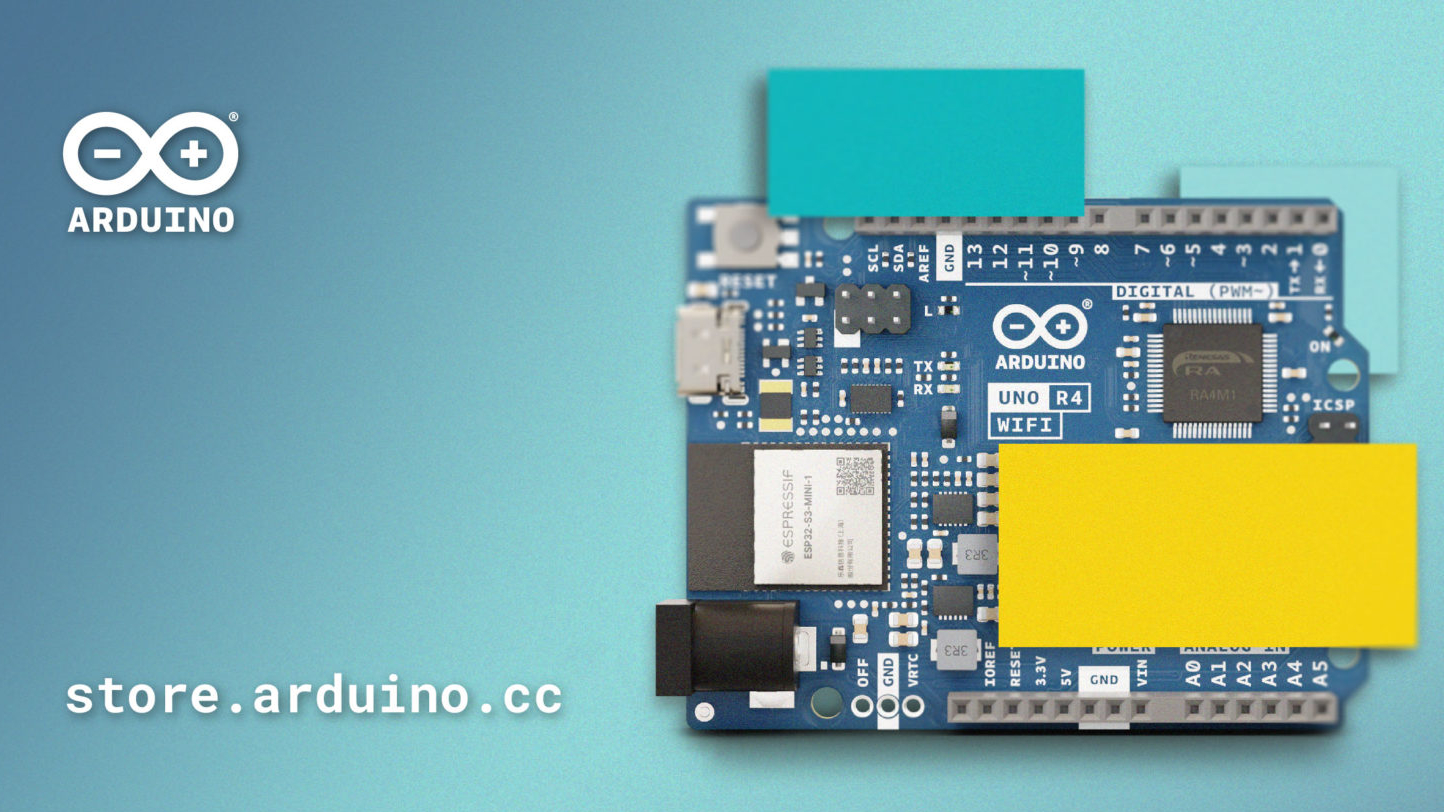
One of the most popular microcontroller boards around, the Arduino Uno launched all the way back in 2010 and the Uno R3 (revision 3) has been the standard for more than ten years. So it was big news yesterday when, as part of its Arduino Day live stream, the company announced the upcoming Arduino Uno R4 board, which will offer huge leaps forward in processing power, RAM, storage and connectivity.
Due out in May for an as-yet-undisclosed price, the Arduino Uno R4 will be available in both "Minima" (regular) and Wi-Fi versions. The wireless version will have an Espressif S3 module that supports both Wi-Fi and Bluetooth connectivity.
The Uno R4 will maintain the same pinout and layout as its predecessor but step up to a 32-bit, Renesas RA4M1 CPU running at 48 MHz. That's a huge upgrade from the 8-bit, 16-MHz ATmega328P processor in prior Unos. The new chip is based on the Arm Cortex M4 architecture as opposed to the AVR RISC-based platform on the prior processor. Arduino says that most existing software libraries should work with no modification but a few that were optimized for AVR might need to be tweaked.
The Uno R4 will have 32K of SRAM, which is 16x more than the 2K on the Uno R3. It will also have 256K of onboard NAND versus 32K on the R3. There's a USB-C port for connecting a PC in lieu of the clunky USB Type-B port on older models. The barrel power connector remains in place but can now handle up to 24V instead of 20V. A 12-bit analog DAC, a CAN bus and an SPI port are also on board.
In the official photo (shown at the top of this article) of the Uno R4, Arduino has put yellow and green boxes over parts of the PCB. In its broadcast, the company said that it is maintaining an element of surprise and not revealing what's under the boxes until closer to the launch.
If you want to be among the first to buy an Uno R4, you can sign up for the waiting list which will alert you when the board is for sale. There's also an early adopter program for developers who have written popular libraries. If you are accepted into the program, the company will send you a free Uno R4.
While we don't know what the Uno R4 will cost, it seems safe to assume that the Minima version will go for $25 or more as that's what the Uno R3 costs today. The Uno R4 WiFi will obviously be pricier.
The new Uno R4 should be a boon for makers who builds robots or iOT devices with Arduino currently. It will be compatible with a huge ecosystem of shields and other accessories while providing much better performance.
However, the Uno R4 faces very stiff competition from boards based on Raspberry Pi's RP2040 chip. The RP2040 operates at a generous 133 MHz (about 3x the Uno R4) with dual cores and 256K of SRAM. There are numerous boards with the RP2040 but the first-party Raspberry Pi Pico goes for just $4 for the basic model or $6 with Wi-Fi / Bluetooth.
On the other hand, the Uno R4 can handle a lot more power than an RP2040 board as its power connector supports up to 24V instead of a mere 5V on Raspberry Pi's platform. We have a detailed comparison of the prior gen Arduino versus Raspberry Pi Pico, which we'll update as soon as we get our hands on the R4.







